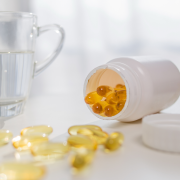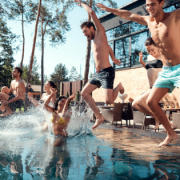Vitamin D and Immunity
Is it necessary to supplement? Several studies have shown that vitamin D can affect our immune response. And now that the spotlight is even more focused on the immune system and food, we ask ourselves: Does immunological improvement happen when a person with a disability starts to have normal values of the vitamin in the body? Or even those with adequate intake and normal lab values need to supplement the vitamin? It is clear to science that the correction of vitamin D deficiency positively affects the body.
The daily recommendation for vitamin D is between 600 to 800 IU / d. However, in risk groups, such as the elderly, people on diets that are very low in fat or little exposed to the sun (especially in this period of social isolation), the use of vitamin D between 2,000 and 4,000 IU / day orally may be indicated. In this group, there is no evidence that megadosages are beneficial, necessary or safe. Finally, in more serious situations, in the presence of low serum levels, supplementation should be individualized and made according to the patient’s clinical and dietary history. How about assessing the quality of your food?

Arícia Motta
• Master in Human Kinetics;
• Certified international Sports Nutritionist;
• Life and professional Coach;
• MasterMind
WhatsApp: +1.407.283.9942 or Email ariciamotta@gmail.com








